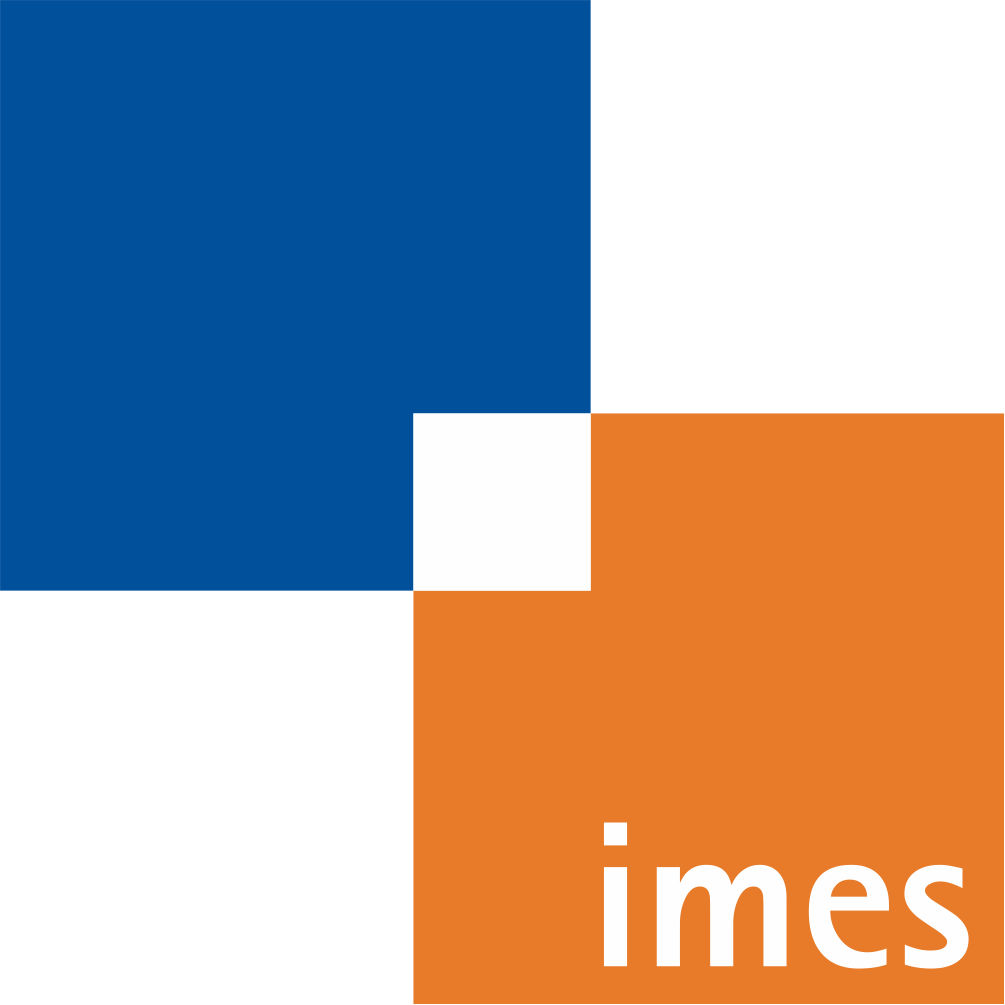Design optimization of a bone-attached, redundant and reconfigurable parallel kinematic device for skull surgery
- verfasst von
- Jan Philipp Kobler, Jens Kotlarski, G. Jakob Lexow, Omid Majdani, Tobias Ortmaier
- Abstract
Bone-attached robots and so-called microstereo-tactic frames are attracting increasing interest in the field of robot-assisted surgery due to the promising targeting accuracy they provide. The authors propose a passive Stewart-Gough platform which is attached to a patient's head via bone anchors. It serves as an instrument guidance in straight line incisions, such as minimally invasive cochlear implantation. In this contribution a modified version of the mechanism's kinematics is proposed, which reduces the number of required bone anchors from six to three. Furthermore, a novel statistical approach to optimize the design variables of the moving platform for accuracy is presented. It is characterized by the ability to take the probability distributions of all relevant error sources as well as the given task redundancy and reconfigurability of the mechanism into account. Based on identified ranges of trajectories and possible bone anchor locations, the optimization problem is solved for a representative number of 1,000 'virtual patients'. The optimum mechanism design is obtained by analyzing the resulting distributions of design variables. Monte Carlo simulation is used to compare its targeting errors to those of a previous prototype. Results reveal that the targeting error is significantly reduced in comparison to an initial prototype thanks to the proposed optimization strategy.
- Organisationseinheit(en)
-
Institut für Mechatronische Systeme
- Externe Organisation(en)
-
Medizinische Hochschule Hannover (MHH)
- Typ
- Aufsatz in Konferenzband
- Seiten
- 2364-2371
- Anzahl der Seiten
- 8
- Publikationsdatum
- 22.09.2014
- Publikationsstatus
- Veröffentlicht
- Peer-reviewed
- Ja
- ASJC Scopus Sachgebiete
- Software, Steuerungs- und Systemtechnik, Artificial intelligence, Elektrotechnik und Elektronik
- Elektronische Version(en)
-
https://doi.org/10.1109/icra.2014.6907187 (Zugang:
Geschlossen)
